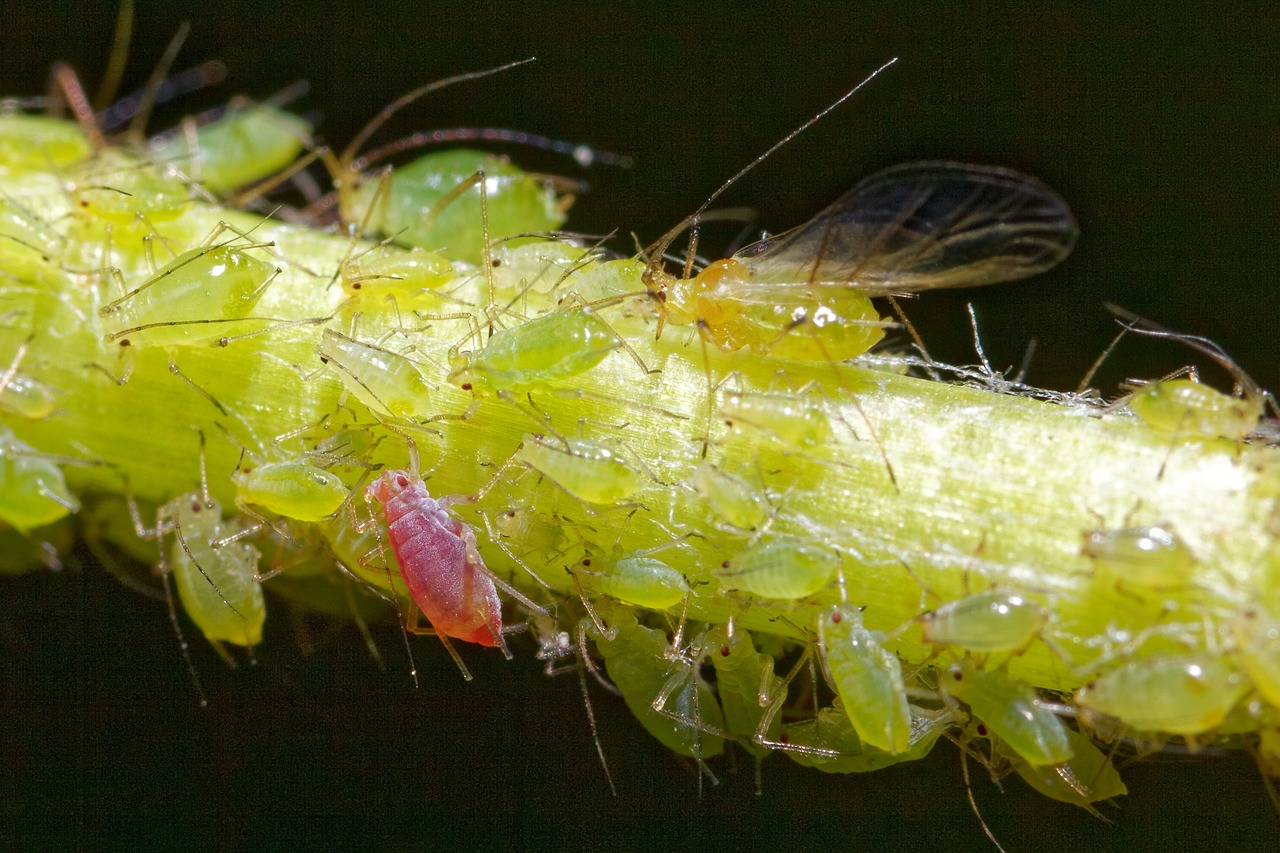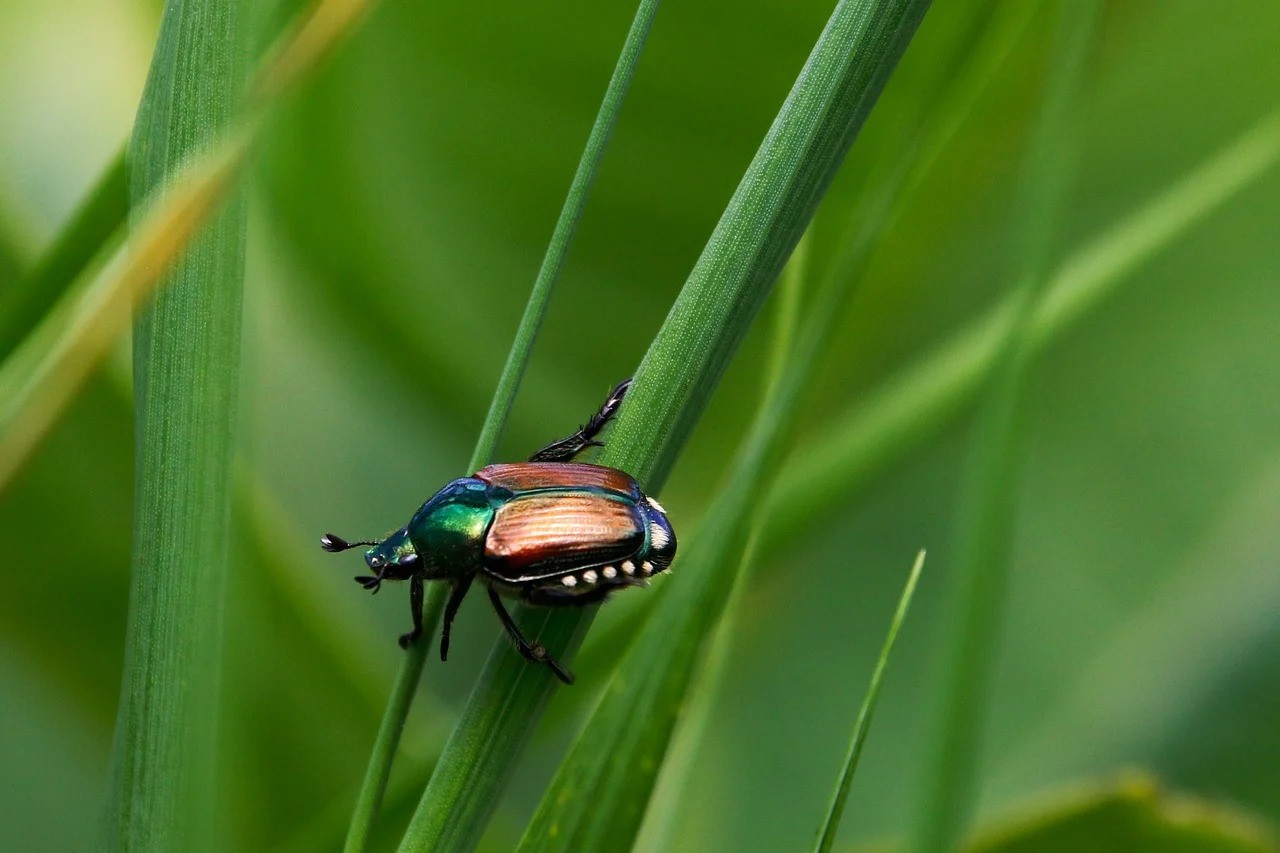How To Identify Rose Pests - Protecting Your Roses
From aphids to spider mites, knowing how to identify rose pests can protect your plants. Stay informed to ensure your garden flourishes.
Dec 20, 20244.1K Shares159.7K Views

Identifying rose pests is crucial for maintaining the health and beauty of your garden. Roses, admired for their stunning blooms and enchanting fragrances, can be susceptible to various pests that threaten their vitality. Early detection and proper management can save your roses from damage, ensuring they flourish throughout the growing season. Recognizing and addressing common rose pests enables you to protect your cherished plants effectively.
Common Rose Pests
Roses are often targeted by a range of pests. Understanding the most common culprits is the first step in effective pest management. Alongside pest identification, it's equally important to learn how to prevent rose diseasesto maintain the overall health of your garden.
Aphids
Aphids are small, soft-bodied insects that can appear in various colors, including green, pink, and black. They typically cluster on new growth and the undersides of leaves, feeding on plant sap. This feeding can lead to curled leaves, distorted growth, and even the potential spread of diseases.
Signs of an aphid infestation include curled leaves and the presence of honeydew, a sticky residue that attracts ants and encourages sooty mold growth. Regular inspections can help catch aphid infestations early, and beneficial insects, such as ladybugs, can naturally control their populations.
Spider Mites
Spider mites are tiny arachnids that thrive in hot, dry conditions. Their presence is often indicated by fine webbing on the plants, and leaves may show stippling or yellowing. Heavy infestations can lead to leaf drop. If spider mites are suspected, tap affected branches over a white sheet to look for tiny specks.
Encouraging predatory insects is one of the best ways to manage spider mites. Planting a diverse array of flowers can attract ladybugs and other beneficials. If infestations become severe, applying horticultural oil or insecticidal soap can effectively control their numbers.
Japanese Beetles
Japanese beetles are easily recognizable by their metallic green and copper-colored bodies. These pests feed on foliage, leaving behind skeletonized leaves and devouring buds. They are particularly destructive, as they emit pheromones that attract more beetles when feeding.
Early intervention is key; handpicking beetles and dropping them into soapy water is an effective management strategy. For severe infestations, organic sprays containing spinosad can be used, but apply them cautiously to avoid harming beneficial insects.
Thrips
Thrips are slender, tiny insects that can cause significant damage to flower buds and leaves. They feed by sucking out cell contents, leading to distorted blooms and silver streaking on foliage. Symptoms of thrip infestations include brown streaks on buds and ragged petal edges.
Monitoring for thrips is essential, especially during warm spells in early spring or summer. Encouraging beneficial insects can help control their populations. In severe cases, consider using insecticidal soap or neem oil.
Cottony Cushion Scale
Scale insects can be challenging to control, as they appear as small bumps on stems. They pierce rose canes and suck out plant juices, weakening the plants significantly.
Signs of scale infestation include sticky residue from honeydew and visible bumps on stems. Managing scale involves identifying them early and using horticultural oils or insecticidal soaps during their vulnerable stages.
Inchworms
Inchworms, including the Fall and Spring Inchworms, are caterpillar-like pests that can affect roses. They hatch in spring and are typically found on unopened blooms, where they feed on petals.
Symptoms of inchworm infestations include nibbled petal edges and misshapen blooms. Handpicking is effective if you spot them early, and encouraging natural predators can also help.
Sawfly Larvae
Sawfly larvae, or roseslugs, resemble small, translucent caterpillars. They feed primarily on the undersides of leaves, creating transparent, papery spots. Signs of sawfly damage include holes or papery spots on leaves.
Identifying sawflies early is crucial, as they can have multiple generations in a single season. Introducing beneficial insects can help keep their populations in check.
Signs Of Pest Infestation
Recognizing the signs of pest infestation early can prevent further damage and preserve the health of your roses. Regular inspections are essential. Look for visible signs of damage, including:
- Holes in Leaves:Chewed edges or holes indicate feeding activity from pests like Japanese beetles or caterpillars.
- Wilting or Curling:Leaves that are wilting or curling may signal an aphid or spider mite problem.
- Discoloration:Yellowing or mottling of leaves can point to various pest infestations. Understanding the impact of pests on overall plant developmentis key to effective management.
- Webbing and Residue:Fine webbing or sticky residue on leaves can be indicators of spider mites or aphids.
Identifying these indicators early can help you take appropriate action.
Methods For Identifying Pests
Identifying pests can sometimes be challenging, but there are effective methods to help you recognize infestations.
Visual Inspection
Conducting regular visual inspections is crucial for identifying rose pests. Examine the undersides of leaves, flower buds, and stems for any signs of insects or damage. Use a magnifying glass to check for smaller pests like spider mites and thrips.
Using Sticky Traps
Sticky traps can be an effective way to monitor pest populations. Place these traps near your roses to capture flying insects such as whiteflies and aphids. Regularly check the traps and replace them as needed to ensure accurate monitoring.
Seeking Professional Help
If you are unsure about the type of pest affecting your roses, consider consulting a garden expert or extension service. Many local universities and agricultural extensions offer resources for pest identification. Their expertise can guide you in selecting appropriate treatments and preventative measures.
Preventative Measures
Taking preventative measures is key to maintaining a healthy rose garden and minimizing pest infestations. Consider the following strategies:
- Cultural Practices:Ensure your roses are planted in well-draining soil and receive adequate sunlight and water. Regularly amend soil with organic matter to promote healthy root systems.
- Plant Spacing:Provide adequate spacing between plants to facilitate airflow and reduce humidity, which pests thrive on. Overcrowding can create an environment conducive to pest infestations.
- Regular Maintenance:Monitor your plants frequently for signs of pests and remove any dead or diseased material promptly. Pruning promotes airflow and reduces the likelihood of pest habitats developing.
- Diversity in Planting:Incorporate a variety of flowering plants around your roses to attract beneficial insects that help control pests naturally. A diverse garden can create a balanced ecosystemthat supports plant health.
FAQs About Identifying Rose Pests
What Are The Most Common Pests Affecting Roses?
The most common rose pests include aphids, spider mites, Japanese beetles, thrips, and whiteflies. Each pest has distinct characteristics and symptoms.
How Can I Tell If My Roses Have Pests?
Look for visible signs of damage, such as holes in leaves, discoloration, and webbing. Regular inspections will help you identify any infestations early.
What Should I Do If I Find Pests On My Roses?
If you discover pests, take immediate action by removing them manually or applying appropriate treatments. Organic options, such as neem oil or insecticidal soap, can be effective.
Are There Natural Remedies For Rose Pests?
Yes, there are several natural remedies, including insecticidal soap, neem oil, and introducing beneficial insects like ladybugs that prey on common pests.
How Can I Prevent Pests From Infesting My Roses?
Maintaining healthy growing conditions, regularly inspecting your plants, and practicing good garden hygiene can help prevent pest infestations.
Conclusion
Identifying and managing rose pests is vital for maintaining a healthy garden. By recognizing the signs of infestations and implementing preventative measures, you can ensure your roses thrive. Regular monitoring, informed care, and timely interventions will keep your garden blooming beautifully throughout the season.
Latest Articles
Popular Articles
